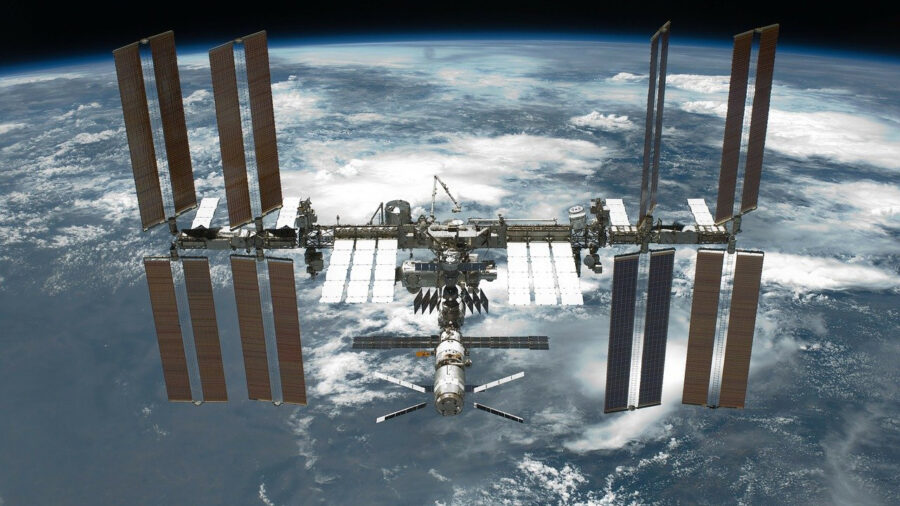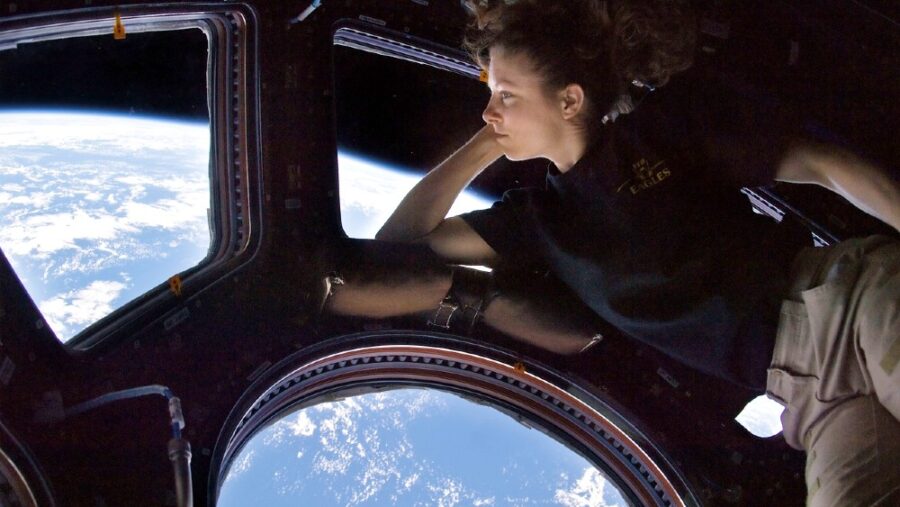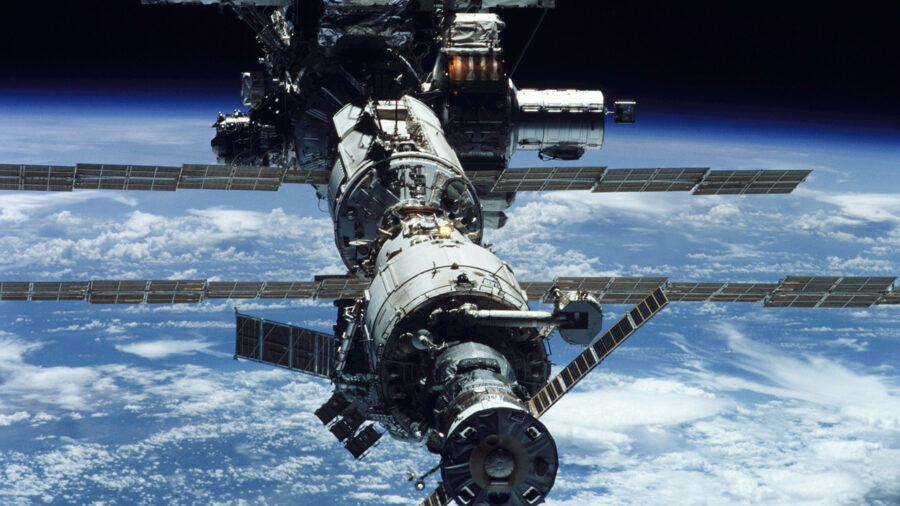NASA Destroying International Space Station For $1 Billion?

For almost 25 years, the International Space Station (ISS) has stood as a symbol of global unity in the realm of space exploration, showcasing the extraordinary outcomes achievable when nations join forces for a shared objective. Now, as the ISS nears the conclusion of its operational tenure, NASA confronts the task of safely retiring this colossal structure, a feat that will cost the Space Administration about $1 billion.
The International Space Station weighs nearly 450 tons and surpasses the dimensions of a football field. Originally, as reported by Scientific American, NASA planned on partnering with Russia to remove this monstrous ball of metal from space, but after a series of dangerous episodes involving Russian vehicles, NASA is now prepared to pay out of pocket to commercial companies who believe they can help decommission this orbital outpost.
The International Space Station is a collaborative venture primarily undertaken by the United States and Russia and is supported by Canada, Japan, and Europe. Originally intended to last only 15 years, the ISS has exceeded its original intended lifespan and has been a constant host to astronauts and groundbreaking scientific experiments since 1998. Despite its enduring success, the laws of physics dictate that objects in low-Earth orbit, including the ISS, must eventually succumb to Earth’s gravitational pull.

With the International Space Station’s demise inevitable, whether we instigate it or not, NASA would much rather be in control of how the ISS is decommissioned and sent back into the Earth’s atmosphere. NASA’s challenge lies in orchestrating the ISS’s descent in a controlled manner, steering clear of the potential hazards associated with an uncontrolled reentry.
The International Space Station represents a rare arena of unwavering cooperation between the U.S. and Russia, rendering its retirement not only an issue of safety but a politically sensitive matter as well, particularly in the current climate of strained relations between the two nations. While NASA initially considered relying on Russian Progress vehicles for the deorbit, recent geopolitical tensions and a series of incidents involving Russian-built hardware have shifted the focus toward an American solution.
In 2018, a Russian Soyuz spacecraft attached to the International Space Station experienced an air leak originating from a small hole, with Russian officials suggesting the possibility of deliberate sabotage. Later that same year, a Russian mission to transport two astronauts to the station had to be aborted following a failed launch. Moving into 2021, a science module initially slated for launch in 2007 eventually arrived at the station, encountering ongoing challenges, including a misfiring thruster that briefly sent the entire station into an alarming somersault.

Over the past year, the International Space Station faced additional troubles as Russian cooling systems suffered from three separate leaks, releasing toxic ammonia into space. Adding to the string of setbacks, in August, Russia’s inaugural lunar mission in nearly fifty years experienced a humiliating crash into the moon. In light of all of these incidents, NASA has decided it’s best to hire a commercial vehicle to remove the space station and not take any safety risks.
As NASA ponders the retirement of the International Space Station, questions arise about the future of international partnerships in space exploration. The end of the ISS signifies a shift in the space exploration landscape, sparking discussions about future collaborations and the role of emerging space powers, including China. As nations contemplate their next steps in space, the impending descent of the ISS becomes a bittersweet milestone in the rich history of space exploration, signaling the conclusion of an unprecedented era of global cooperation in orbit.












